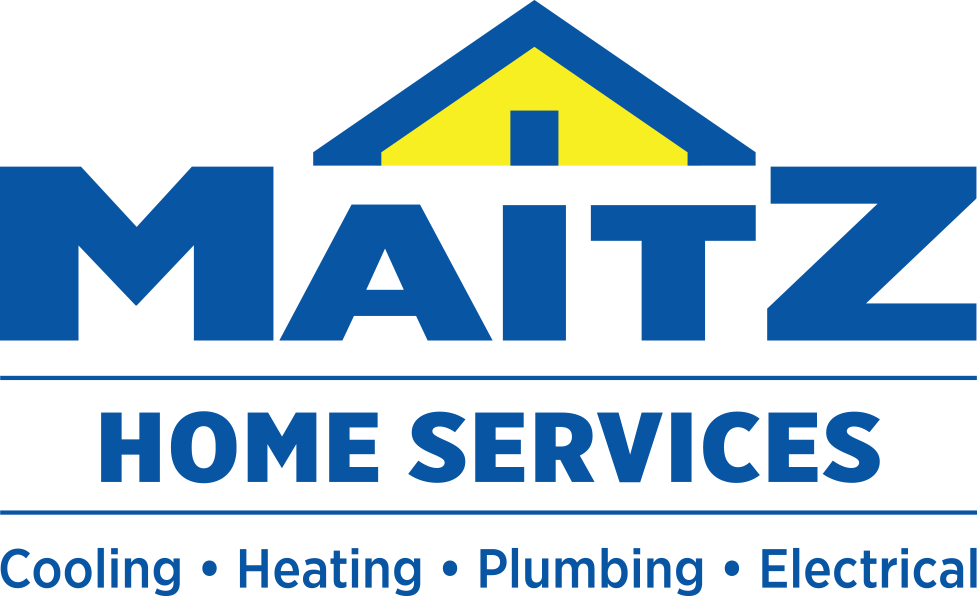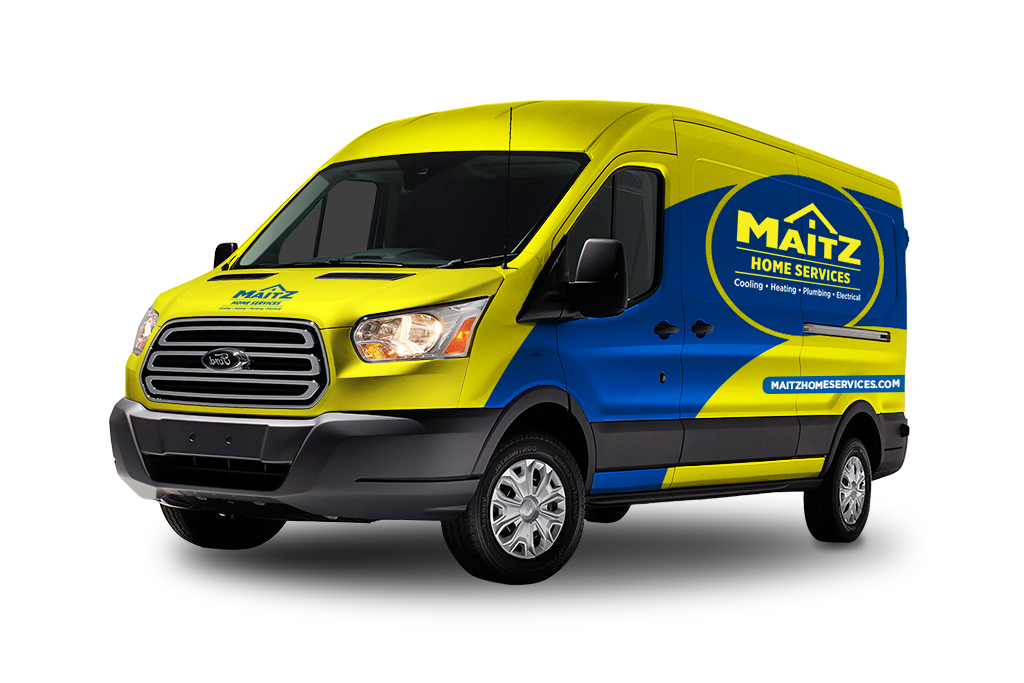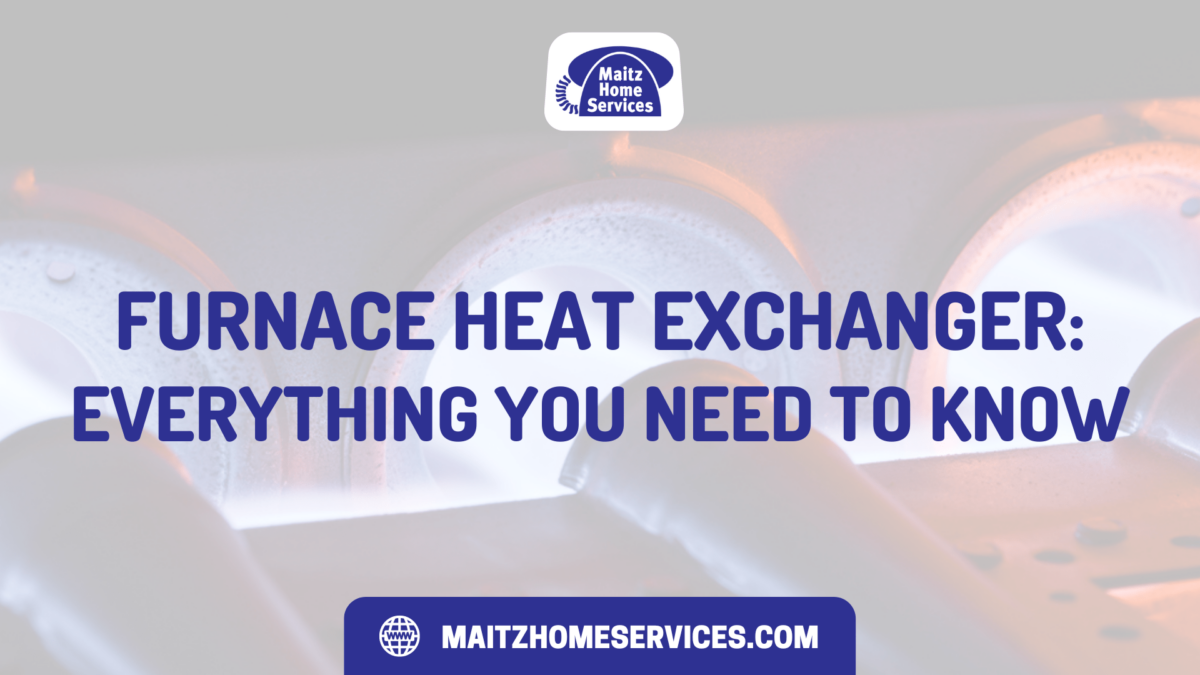
Knowing the ins and outs of how your furnace operates is key to knowing when something has gone wrong. One of the components you should be familiar with is the heat exchanger. If the term “heat exchanger” is new to your vocabulary, the guide below is for you.
What is a Furnace Heat Exchanger?
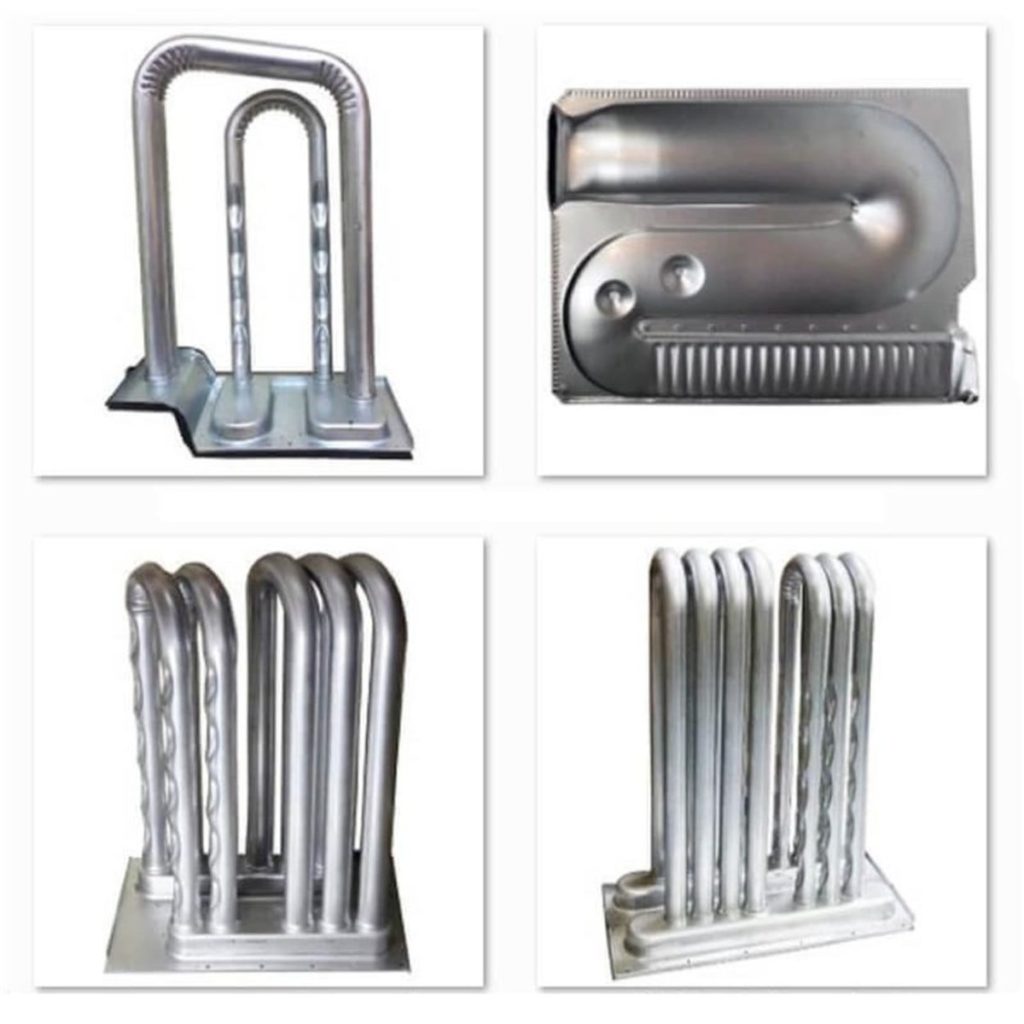
A heat exchanger is a series of metal tubes or coils located inside your furnace between the combustion chamber and the blower. This component is necessary for the heating process in gas and oil furnaces.
How Does a Heat Exchanger Work?
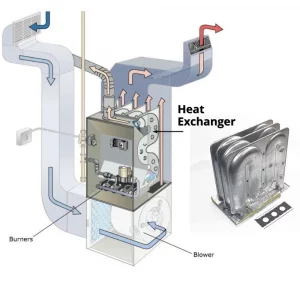
A flame heats the fuel source, which subsequently heats the metal tubes or coils. The heated tubes or coils then heat the air that flows over them. Once the heated air passes over the heat exchanger, a fan blows it into the ductwork where it circulates throughout your home to provide warmth.
Do Electric Furnaces Have Heat Exchangers?
Unlike gas and oil furnaces, electric furnaces do not contain a heat exchanger. That’s because they don’t burn fuel. Instead, electricity heats metal coils directly, and the hot coils heat the air.
What Can Go Wrong With a Heat Exchanger?
While other issues may pop up with your heat exchanger, we’ve outlined the two most common ones below.
Cracking
Although the metal tubes or coils contained in the heat exchanger are durable, they can still cause trouble from time to time. The most common problem with heat exchanger tubes and coils is cracking. Here’s why:
As the tubes or coils heat up, they expand. When the furnace cycle ends and the metal cools down, the tubes or coils contract to their original size. This continuous expansion and contraction process can cause the metal to weaken over time and form cracks. In cases of severe wear and tear, the tubes and coils can even snap in half.
Toxic Gases
Cracked tubes or coils can cause a secondary issue: the release of toxic gases into your home’s air supply. Gas and oil furnaces contain flue gases. These toxic gases are designed to escape through the flue pipe, a metal tube that transfers the gases from the furnace to the outdoors. When the heat exchanger’s tubes or coils crack, the toxic gases enter the air supply rather than escaping through the flue pipe.
Carbon monoxide—a byproduct of the combustion process—is the most common gas that furnaces leak. Although colorless and odorless, carbon monoxide can be fatal when inhaled long enough.
Health Risks Posed by a Damaged Heat Exchanger
A cracked heat exchanger can result in carbon monoxide poisoning, which occurs when carbon monoxide molecules replace oxygen molecules in the bloodstream. Carbon monoxide poisoning can cause serious health complications and even death.
Schedule a Heat Exchanger Inspection With Maitz Home Services
The best way to detect issues with your heat exchanger is to perform a thorough inspection. This form of preventative maintenance helps ensure your heat exchanger is in proper working order and doesn’t pose any safety hazards. Schedule a heat exchanger inspection with our team of HVAC experts to keep your home comfortable and your family safe.
